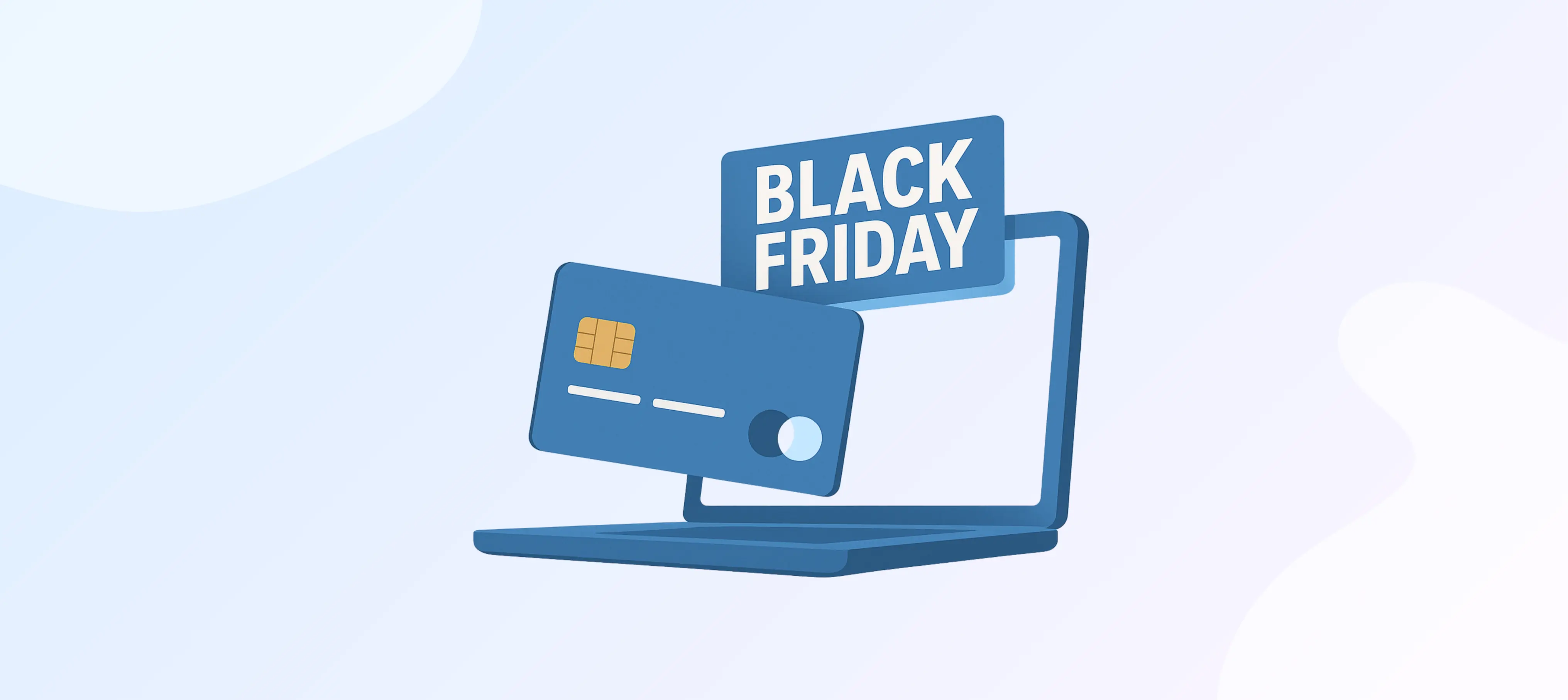Las Vegas, the Entertainment Capital of the World, never sleeps, and neither do its payment systems. From casino floors to Michelin-star restaurants, understanding how payments work in Las Vegas can make your trip smoother, safer, and stress-free.
Whether you prefer cash, cards, or mobile wallets, this guide explains how to pay like a local and avoid hidden fees while enjoying everything Sin City has to offer.
Cash Is King, But Cards Rule
While cash is still accepted across most venues, cards now dominate in Las Vegas. Hotels, restaurants, shops, and entertainment venues rely heavily on credit and debit card payments.
If you’re traveling internationally, inform your bank before you go to prevent fraud alerts or frozen cards. It’s also smart to check whether your card charges foreign transaction fees, which can add up quickly.
ATMs Everywhere
If you like to use cash, you’ll have no trouble finding it. ATMs are everywhere, in hotels, casinos, and along the Strip. However, keep an eye on ATM fees, which can range from $3 to $10 per withdrawal depending on the location.
You can minimize costs by using ATMs located in banks rather than those inside casinos or convenience stores. Always check both your bank’s fees and the machine’s surcharge before confirming a transaction.
Mobile Payments for Convenience
Las Vegas has fully embraced mobile payment technology. From coffee shops to luxury boutiques, many establishments now accept Apple Pay, Google Pay, and Samsung Pay.
Using your smartphone or smartwatch for transactions not only saves time but also adds security, no need to carry large amounts of cash or risk losing your card.
This shift to contactless payments mirrors a global trend toward digital-first commerce. At TCB Pay, we explore how AI and real-time payments are reshaping the way merchants handle transactions, creating safer and more efficient experiences for travelers and businesses alike.
Currency Exchange for International Visitors
If you’re visiting from outside the United States, you’ll need U.S. dollars (USD) for most purchases. Currency exchange counters are easy to find at airports, major hotels, and along the Strip.
To get the best value, compare rates and fees before exchanging. Avoid converting small amounts multiple times, and consider using multi-currency travel cards or digital wallets that offer better exchange rates.
Tipping and Payment Etiquette
In Las Vegas, tipping is an essential part of the culture. Many service workers rely on tips, and not leaving one can be seen as poor manners.
Here’s a quick guide:
-
Restaurants: 15–20% of the total bill
-
Bars: $1–2 per drink
-
Hotels: $2–5 for bellhops or housekeepers, $3–5 for valet service
Even when paying by card, it’s wise to carry small bills for quick and easy tipping.
Common Pitfalls and How to Avoid Them
Many visitors make small payment mistakes that can lead to big headaches. Here’s how to avoid them:
Dynamic Currency Conversion (DCC): Always choose to pay in U.S. dollars instead of your home currency—conversion rates at the terminal are often inflated.
Card Holds: Hotels and rental services may place temporary holds on your funds. Use a credit card instead of a debit card to keep your cash available.
High ATM Fees: Casino and convenience store ATMs often charge more than bank ones.
Cash-Only Spots: A few small vendors or street performers may only take cash, so keep a little on hand for convenience.
Bringing It All Together
Las Vegas thrives on speed, convenience, and entertainment, and its payment systems reflect that energy. Whether you’re paying for a show, a meal, or your lucky night at the tables, the city offers nearly every payment option available today.
Use cards for large purchases, mobile wallets for quick transactions, and cash for tipping and small expenses. With the right mix, you can enjoy your trip without worrying about payment complications.
To learn more about how modern payment infrastructure supports both travelers and merchants, explore AI in Payments: Useful Now, Critical Soon on the TCB Pay blog.



 Back to all articles
Back to all articles




 Free Demo with Chris
Free Demo with Chris

